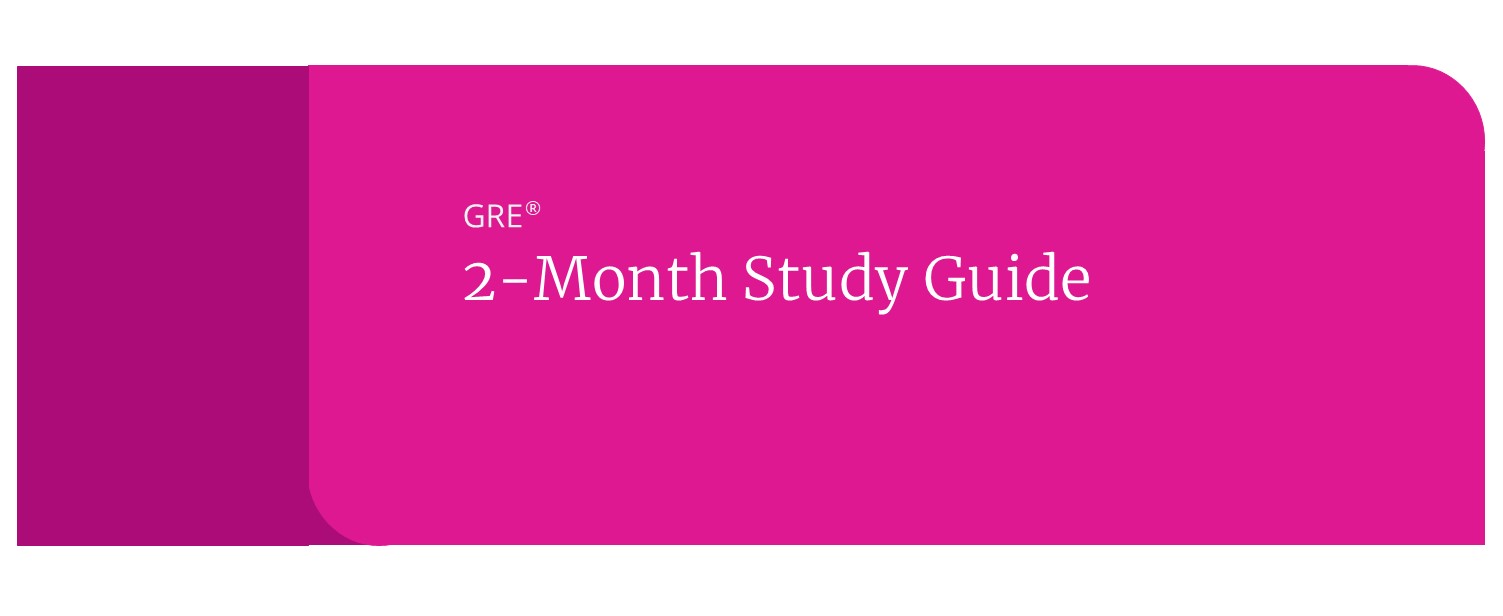GRE Quantitative: Percents
Because of their broad applicability to real life, percent problems are common in standardized tests. We calculate percents every day, from leaving fair tips at restaurants to figuring out which sale will save the most money. While the percent problems on the GRE quantitative may be a little more complicated than those everyday calculations, they all follow the same basic rules.
Converting Decimals to Percents
The word ‘percent’ literally means hundredth, so 19% really means 19 hundredths, and can be written as either .19 or 19/100. So, if you want to convert a decimal to a percent, simply move the decimal point two places to the left. While converting .19 to 19 percent may seem intuitive, the two-decimal-point rule will come in handy when you must convert .00031 to a percent (.031%). To convert that percent to a decimal, just move the decimal two points to the left.
Converting Percents to Fractions
To convert a percent to a fraction, drop the percent symbol, write the number over 100, and then reduce. Here are a few familiar examples and some not so familiar ones.
| 25% | 25/100 | 1/4 |
| 12.5% | 12.5/100 | 1/8 |
| 5% | 5/100 | 1/20 |
| 1% | 1/100 | 1/100 |
| 250% | 250/100 | 5/2 |
See a full chart of conversions here >
Finding Percents of Numbers
Common percent problems involve finding the percent of number and its many variations. Check out these simple examples below:
These kinds of questions should look familiar. The arithmetic involved is rather simple, but if you’re unfamiliar with the technique for solving them, they could pose a challenge. Let’s go over how to solve each one.
In each case, we want to translate each sentence by replacing “what” with x (since ‘what’ means the unknown variable), ‘is’ with ‘=’, ‘of’ with * (multiplication symbol), and also convert any percents to decimals.
Explanations
x = 45% of 200 → x = .45*200 → 90
90 = 45% of x → 90 = .45x → 90/.45 = x → 200
90 = x% of 200 → 90 = (x/100) * 200 → 90 = 2x → 45
Percentage Increase and Decrease
In order to find a percentage increase, find the difference between the original number and the increased (or decreased) number and divide that by the original number.
1. A pair of pants was selling for $20 last week, but now is selling for $27 this week. By what percent did the price of the pants increase?
A Percent Word Problem
For the most part, if you are not dealing with quantitative comparisons, you’ll have to solve percent problems in the word problem form. Here’s a common type that you might encounter.


